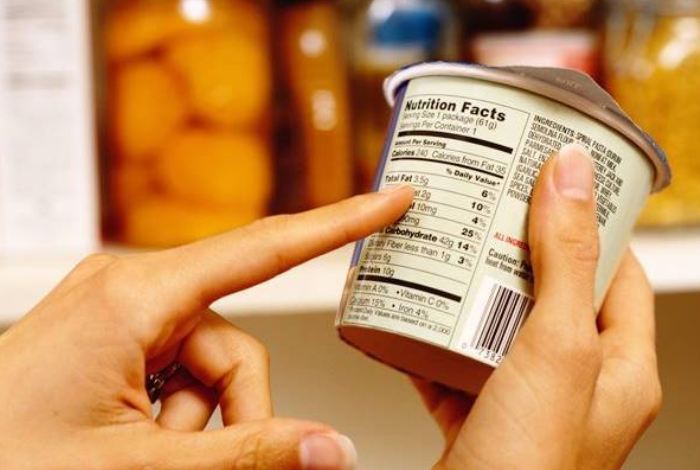How to Read Nutrition Labels

Food labels are an important tool for helping you make informed decisions about the food you buy and eat. Whether you’re looking for a healthier snack or trying to manage a specific health condition, understanding how to read food labels can help you make better choices to support your health and well-being.
Understanding Food Labels
Food labels provide a wealth of information, but they can be daunting at first. Before you start reading, it’s important to understand the different parts of a food label. Most labels consist of four parts: the nutrition facts, ingredient list, additional label requirements for specific food groups, and marketing terms.
Nutrition Facts: What You Need to Know
The nutrition facts panel is the most important part of a food label and provides information about the amount of calories, fat, carbohydrates, protein, vitamins, and minerals in a product. It also includes serving sizes, which are based on the amount of food typically consumed in one sitting.
Serving Sizes & Percent Daily Values
Serving sizes will vary depending on the type of food. For example, a can of soup may contain two servings, while a package of crackers may contain four. Pay special attention to serving sizes, as they are used to calculate the percent daily values (%DV), which tell you how much of each nutrient is provided in one serving of the food. For example, if a food has 5% of your daily value of calcium, it means it provides 5% of the calcium you need in a day.
Reading Ingredient Lists
Ingredient lists provide information about the ingredients used to make a food. Ingredients are listed in descending order by weight, meaning the first ingredient listed is the most prominent in the food. It’s important to read the ingredient list to identify added sugars, preservatives, and other ingredients that may not be beneficial for your health.
Additional Label Requirements for Specific Food Groups
Certain food groups – such as dairy, meat, and eggs – are required to have additional labeling information. This can include specifics such as “pasteurized” for milk, and “grass-fed” or “organic” for meat and eggs.
Common Marketing Terms to Be Aware Of
Food labels also include marketing terms that are not regulated by the FDA. Terms such as “natural”, “free-range”, or “hormone-free” may sound healthier, but they don’t necessarily mean the food is healthier. It’s important to read the nutrition facts and ingredient list to make sure a food is actually healthy.
Conclusion
Reading food labels can help you make informed decisions about the food you eat. Being aware of the different parts of a food label, serving sizes, percent daily values, and ingredient lists can help you make healthier choices. Additionally, it’s important to be aware of common marketing terms that may not be accurate. By understanding how to read food labels, you can make smarter decisions to support your health and well-being.




